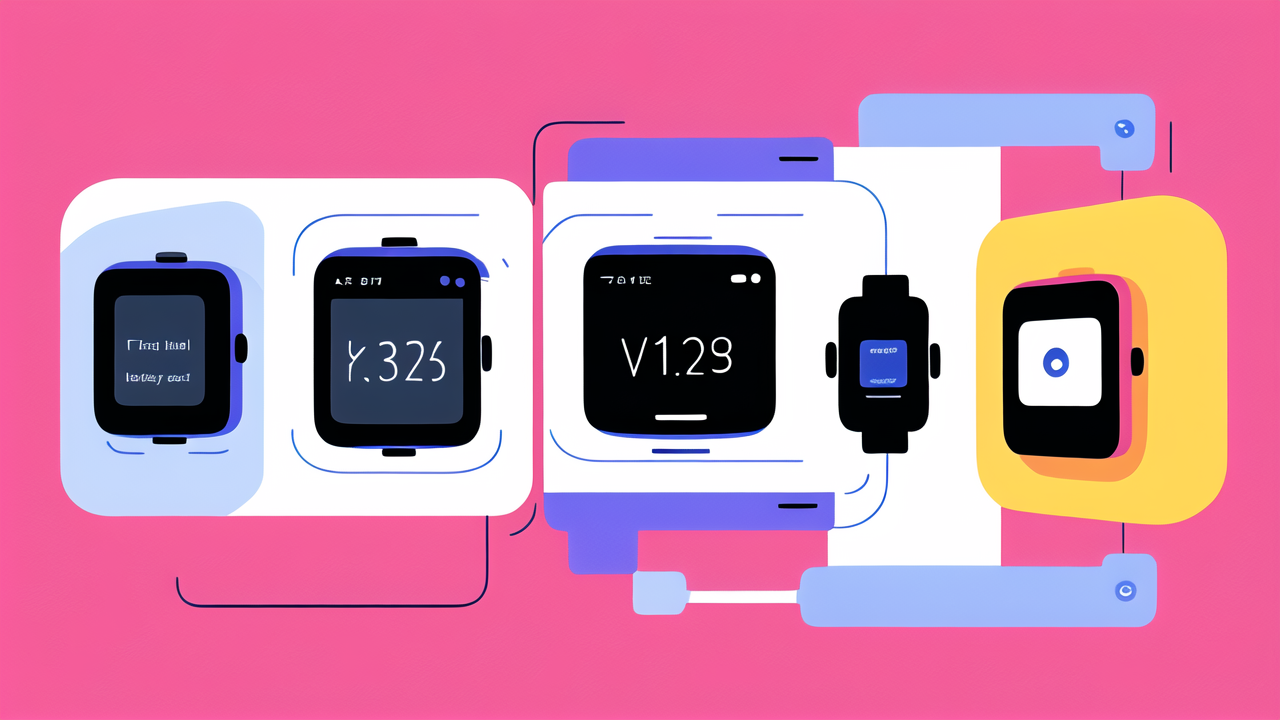The Evolution of Smart Watches: A Closer Look at Apex's Innovation
Understanding the Apex Smart Watch Phenomenon
Apex has taken the smart watch market by storm. Their latest models blend cutting-edge tech with sleek design. These watches do more than tell time. They're like mini computers on your wrist. Apex watches track health, show notifications, and even make calls.

The rise of Apex watches reflects a larger trend. People want wearable tech that's both useful and stylish. Apex meets this need with devices that look good and work well. They've become popular with tech lovers and fashion-conscious users alike.
Apex's success comes from listening to users. They've added features people really want. This includes better battery life and more accurate sensors. As a result, Apex watches are now a top choice for many consumers.
Key Innovations That Set Apex Watches Apart
Apex watches stand out due to several key innovations. First, they have advanced health tracking. This goes beyond simple step counting. Apex watches can monitor heart rate, blood oxygen, and even stress levels.
Another standout feature is the long battery life. Many Apex models can last a week or more on a single charge. This is a big plus for users who don't want to charge daily.
Apex has also improved their screens. The latest models have bright, clear displays. These are easy to read even in sunlight. Plus, they're tough. The screens are scratch-resistant and water-proof.
Lastly, Apex watches have powerful processors. This means they can run complex apps smoothly. Users can do more without reaching for their phones.
The Fusion of Technology and Style in Apex's Design
Apex watches aren't just about function. They're also about style. The company has worked hard to make their watches look good. They offer a range of designs to suit different tastes.
Some Apex models have a classic look. These appeal to those who want a traditional watch feel. Others are more modern and sporty. There are even luxury options with premium materials.
Apex also lets users customize their watches. You can change watch faces and bands easily. This means one watch can fit many styles and occasions.
The design isn't just about looks, though. Apex watches are comfortable to wear all day. They're light and slim, fitting well on most wrists.
Health and Wellness: The Core of Apex's Smart Watch Lineup
Advanced Health Metrics and their Impact
Apex watches are packed with health tracking features. They can measure heart rate, blood oxygen, and more. Some models even track skin temperature and stress levels.

These metrics give users a detailed view of their health. For example, the heart rate monitor works 24/7. It can alert you to unusual patterns. This could help spot potential health issues early.
The blood oxygen sensor is another key feature. It's especially useful for those with breathing problems. It can also help athletes optimize their training.
Apex's stress tracking is innovative too. It uses heart rate variability to gauge stress levels. This can help users manage their mental health better.
Lifestyle Coaching and Integrated Workouts
Apex watches don't just track health. They also offer guidance to improve it. Many models come with built-in workout plans. These range from running to yoga to strength training.
The watches can detect what type of exercise you're doing. They then provide relevant data and tips. For runners, this might include pace and distance. For weightlifters, it could be rep counts.
Apex's lifestyle coaching goes beyond workouts. The watches can remind you to move if you've been sitting too long. They can suggest breathing exercises when stress levels are high.
Some models even offer personalized health insights. These are based on your data over time. They can help you set and reach health goals more effectively.
Sleep Quality and Stress Management Features
Good sleep is crucial for health. Apex watches take sleep tracking seriously. They don't just measure how long you sleep. They also analyze sleep stages and quality.
The watches use movement and heart rate data to do this. They can tell when you're in light, deep, or REM sleep. This info helps users understand their sleep patterns better.
Apex also offers features to improve sleep. Some models have "wind down" reminders. These prompt you to start relaxing before bed. Others have white noise or guided meditation features.
Stress management is another focus. Apex watches can detect high-stress moments. They then offer breathing exercises or meditation guides. This helps users manage stress in real-time.
Navigating the Apex Smart Watch Ecosystem
The Role of the Apex Application in User Experience
The Apex app is key to getting the most from your watch. It's where all your data comes together. The app shows trends in your health and activity over time.

Using the app, you can set goals and track progress. It offers insights based on your data. These can help you make better health choices.
The app also lets you customize your watch. You can change watch faces, arrange apps, and set notifications. This makes your Apex watch truly personal.
Updates come through the app too. These can add new features or fix bugs. The app ensures your watch always has the latest improvements.
Integration with Third-Party Applications and Services
Apex watches work well with other apps and services. They can connect to popular fitness apps like Strava or MyFitnessPal. This lets you use your favorite apps with Apex's accurate tracking.
Many Apex models support contactless payments. You can pay for things with a tap of your wrist. This works with services like Apple Pay or Google Pay.
Music lovers will appreciate Spotify integration. Some Apex watches let you control music playback. A few models even let you download songs for offline listening.
Apex also works with smart home devices. You can control lights or thermostats from your watch. This adds convenience to your daily life.
The Importance of Community and Support in the Smart Watch Space
Apex has built a strong community around its products. There are forums where users share tips and experiences. This community helps new users get the most from their watches.
Apex also offers good customer support. They have helpful online resources and responsive support teams. This makes it easier to solve any issues that come up.
The company listens to user feedback too. Many new features come from user suggestions. This makes users feel valued and keeps the products improving.
Apex also hosts challenges and events for users. These can be fun ways to stay motivated and connect with others. It adds a social aspect to using an Apex watch.




Leave a comment
This site is protected by hCaptcha and the hCaptcha Privacy Policy and Terms of Service apply.